Beneficial Insects to Keep in Your Garden
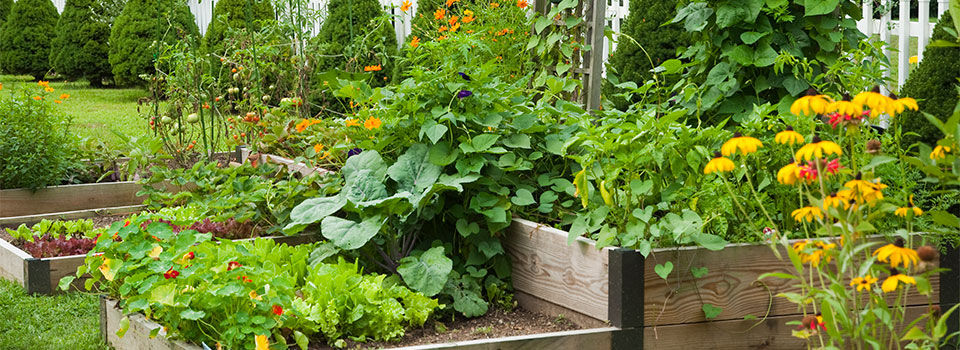
For decades, gardeners have been bombarded with claims that any insect in the garden was a sign of a pest infestation. However, there are just as many beneficial insects that help hunt down pests as there are potential sources of damage to your plants. Trying to use a blanket approach to killing all insects in the garden from early spring often backfires when pest pressures become too much for your sprays or powders to handle. Leaving the beneficial insects in place from the start, or even encouraging more of them to settle in your garden, can protect you from pests all summer long without the need for so much spraying and dusting. Here are some of the best beneficial insects for the garden and how to attract them.
Braconid Wasps

Don’t worry if you’re not a fan of wasps. These wasps are small, feed on flowers, and won’t bug you at all. Instead, they target big caterpillars like tomato hornworms so they can lay their eggs in them. When the eggs hatch, the larvae wasps kill the caterpillars or other host pests. A healthy population of braconid wasps can keep tomatoes and peppers from being severely damaged, so plant Queen Anne’s lace and dill to attract them.
Tachinid Flies
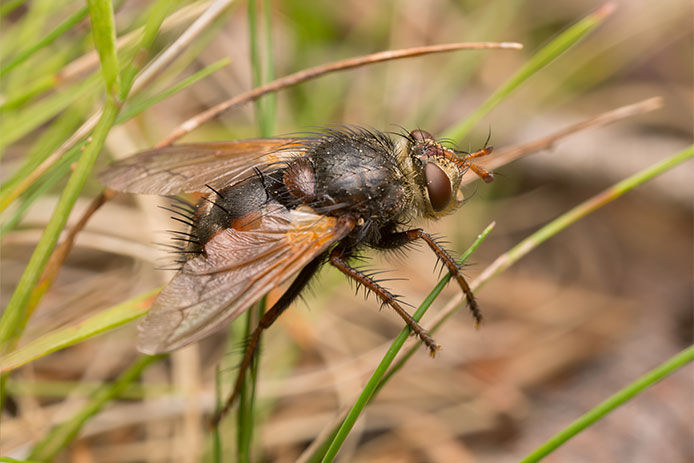
Similar to the wasps listed above but even smaller, tachinid flies are one type of fly you do want around the garden. They’re highly predatory and can kill off codling moths, Japanese beetles, cabbage loopers, and more with their larvae. Even if the larvae of this species are eaten by another bug, they can kill that bug from the inside out. You won’t see these flies much because they move quickly and are smaller than a housefly. Try parsley, clover, and small-flowered herbs to attract them. These plants will also attract hoverflies, and they’ll kill the same pests directly as adult flies.
Ladybugs
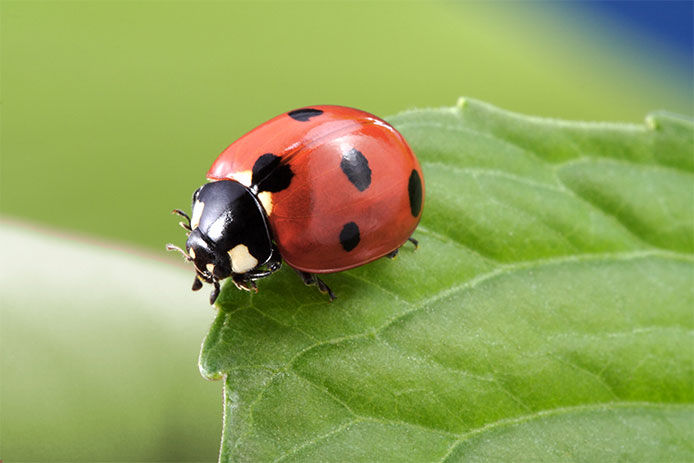
Ladybugs are one of the most well-known beneficial insects, so much so that you can actually order them in bulk. The larvae, in particular, are voracious predators of aphids, but the adults eat them as well. Since tiny aphids are some of the hardest pests to keep under control, ladybugs are well worth the effort to keep around the garden. Aside from purchasing a kit of fully grown insects to jump-start the population in your garden, try setting up a shallow water source like a saucer full of water you refill regularly.
Green Lacewings
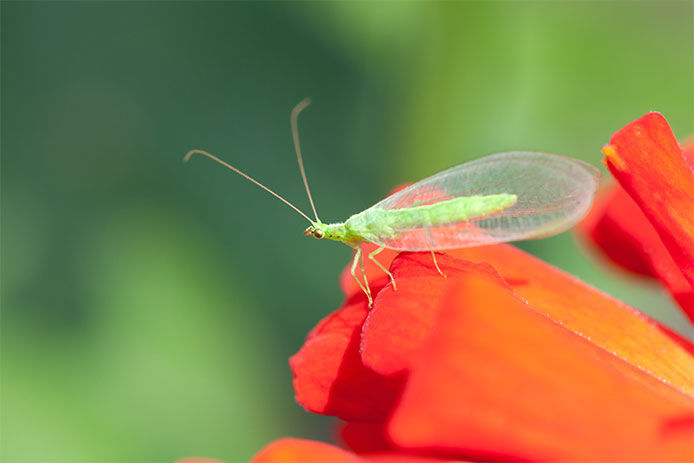
Not only are green lacewings good at managing most of the pests found in the backyard garden, but they’re also surprisingly beautiful. As the name suggests, they have an otherworldly green color and fine lace-like wings. They’re large enough to actually see, unlike many other beneficial insects in the garden. Plants like angelica, dill, and coriander help attract these insects in particular.
Damsel Bugs and Wheel Bugs
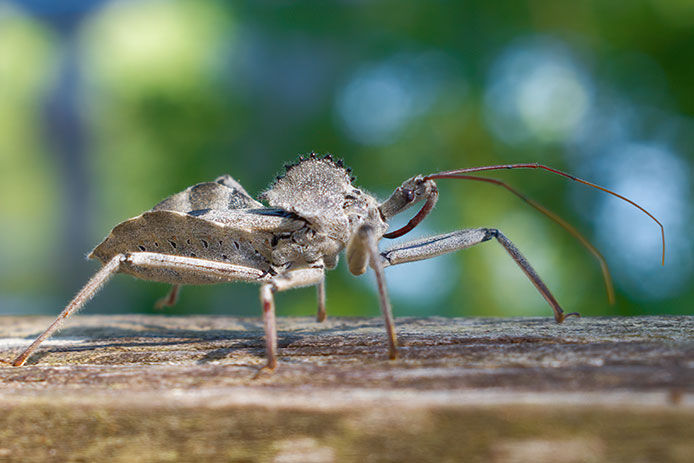
Part of the group known as the assassin bugs, damsel bugs, and wheel bugs are large and can look a little intimidating. They’re attracted to mint, fennel, and caraway plants as habitats to lay their eggs. In return, they’ll kill hundreds of insects each to keep your garden pest-free. They’re sensitive to pesticides, so you’ll need to keep the garden free of even organic treatments if you want to attract them.
Rough Stinkbugs
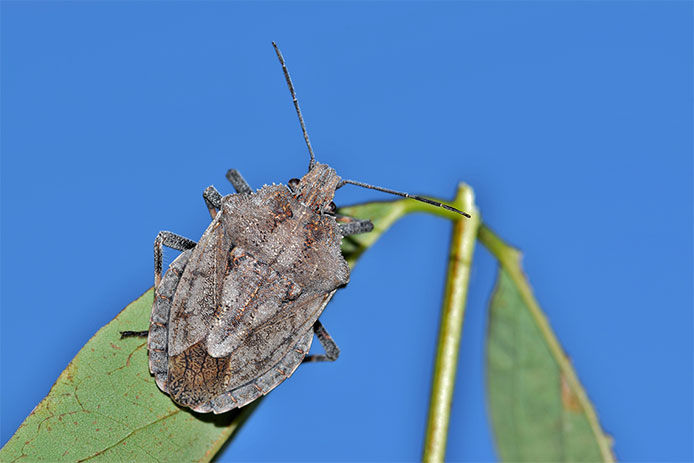
Brown marmorated stinkbugs are a major pest for gardens and crops alike, but they have a lookalike that’s an aid to the garden instead. The darker-colored rough stinkbug eats pests instead of plants, including the unwanted other stink bugs. In particular, they’re protective of fruit trees, so you’ll need to add a few dwarf trees to the garden to encourage them. They’ll eat caterpillars, aphids, and beetles, which means this single beneficial insect can be a huge help with keeping away a wide range of pests.
Damselflies and Dragonflies
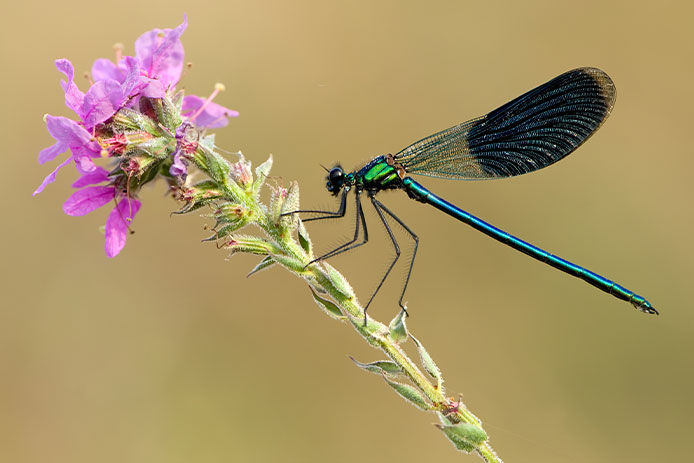
Colorful and acrobatic in mid-air, dragonflies and damselflies require a lot of water to visit the garden. Try setting up a water feature or water garden to ensure you attract as many of these pest-controlling visitors as possible. They’re the most valuable at mosquito control, so they will help make the garden more pleasant to relax in on summer evenings. They’ll also control flies and gnats for a cleaner environment.
Don’t be afraid to increase the number of insects in your garden rather than trying to reduce them with pesticides and insecticides. By targeting beneficial insects, in particular, you can be sure they’ll take care of the pests for you instead. Build a healthy and thriving ecosystem instead of spending more than you might expect to control the pests yourself.